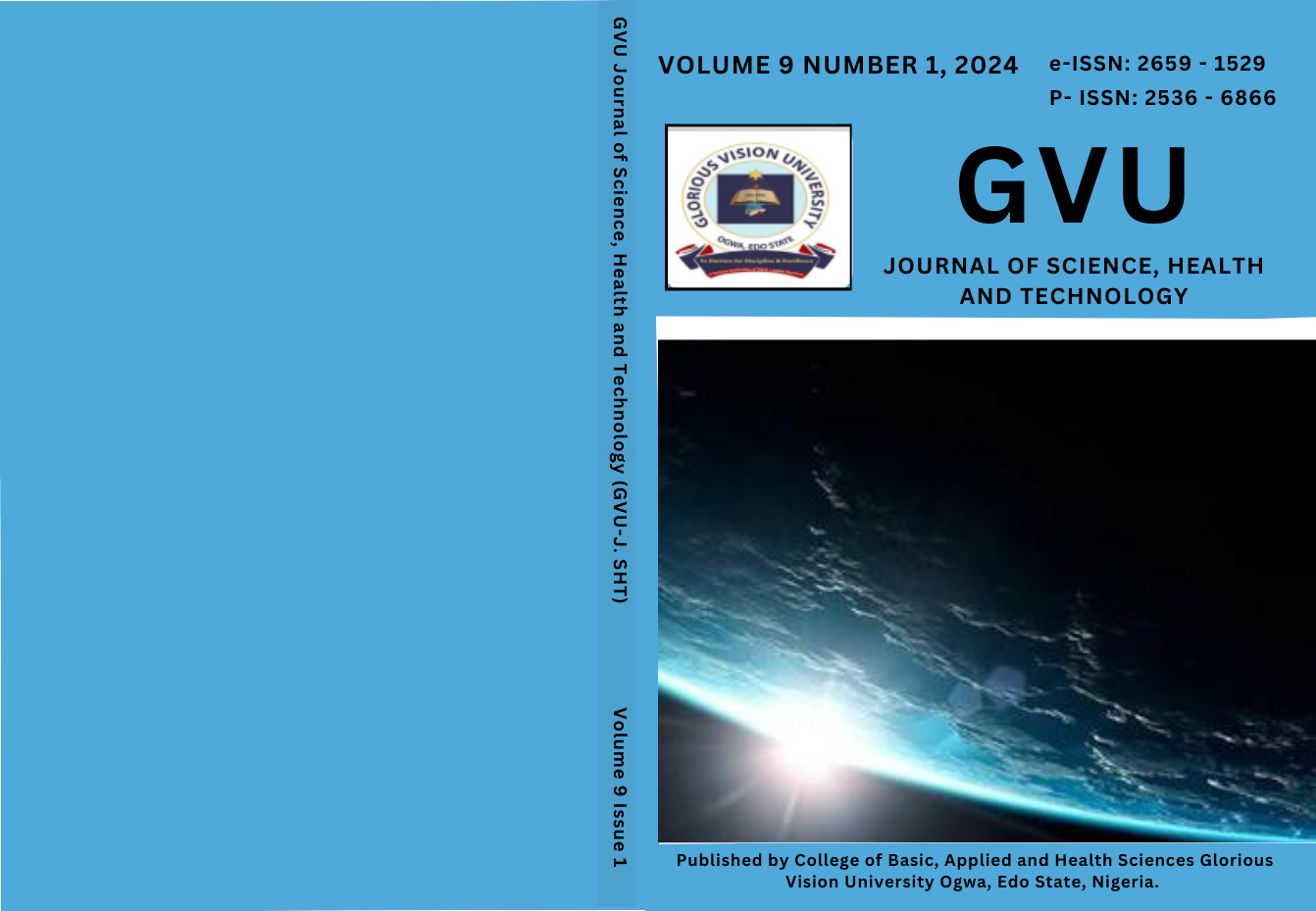Phytoremediation of Cd, Pb, and Ni-co-contaminated soil of the Niger Delta by using Local Maize (Zea mays) plant
DOI:
https://doi.org/10.5281/zenodo.13323396Keywords:
Bioconcentration factor, Translocation factor, phytostabilization, metals, physicochemical propertiesAbstract
Phytoremediation is an innovative, cost-effective technology that uses plants to extract metals from polluted
soils. Experiments were conducted using Zea mays plants grown in soils contaminated with varying levels of
Cd, Pb, and Ni. The results indicated that rising soil heavy metal concentrations decreased plant height, weight,
and chlorophyll content. Plants grown in soil with the highest levels of Cd, Pb, and Ni (20, 120, and 60 mg/kg)
showed the highest amounts of Cd (11.71 mg/kg Dwt in roots and 2.55 mg/kg Dwt in shoots), Pb (29.60 mg/kg
Dwt in roots and 9.10 mg/kg Dwt in shoots), and Ni (38.70 mg/kg Dwt in roots and 10.90 mg/kg Dwt in shoots).
As the soil’s metal levels rose, the bioconcentration factor (BCF) and translocation factor (TF) values declined.
In 80 \ % of cases, Ni had BCF values over 1, while Cd exceeded 1 in only 20%, and Pb had none. All metals had
TF values below 1. Our findings indicate that Z. mays primarily employs phytostabilization to remediate these
elements, supported by high BCF values, particularly for Ni, and low TF values across all examined treatments,
suggesting minimal metal translocation from roots to shoots.




